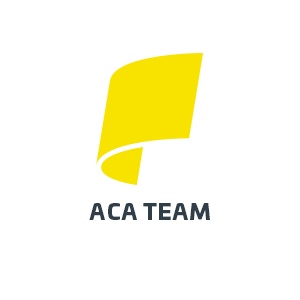The Affordable Care Act (“ACA”) provides that the health insurance coverage offered to an employee must be “affordable” as defined in the regulations. But what exactly is affordable under the ACA?
If the employee’s share of the premium for employer-provided coverage (for self-only coverage) costs the employee more than 9.69%* of that employee’s annual household income, the coverage is not considered affordable. Since the employer is not going to know the employee’s annual household income, the IRS created three affordability safe harbors that employers may use to determine affordability based on information that is available to them. If an employer meets the requirements of any of these safe harbors, the offer of coverage will be deemed affordable as required by the law.
This article discusses the three affordability safe harbors using the current affordability rates. To make the article easier to read, all references to premium amounts are based on the employee’s contribution for the lowest cost employee-only level of health insurance that provides minimum value. These criteria will not be mentioned each time but apply in all instances.
The three affordability safe harbors are:
- The Form W-2 wages safe harbor
- The rate of pay safe harbor
- The federal poverty line safe harbor
These safe harbors are all optional. An employer may choose to use one or more of the safe harbors for all of its employees or for any reasonable category of employees, provided it does so uniformly and consistently. For example, Category A employees can use a Form W-2 safe harbor and Category B employees can use a rate of pay safe harbor.
Related Reading: Employer ACA Reporting Requirements for Self-Funded Health Insurance
The Form W-2 wages safe harbor generally is based on the amount of wages paid to the employee that are reported in Box 1 on that employee’s Form W-2. While this safe harbor seems relatively simple, it does present certain challenges for employers. The primary challenge is that employers will not know the employee’s Form W-2 wages until the end of the year. A premium that seems affordable for an hourly employee may not ultimately be affordable if the employee worked less hours than anticipated. It can also be tricky for employees who do not work a full calendar year.
Under the rate of pay safe harbor, affordability is calculated based on the hourly rate of pay. If the employee’s monthly premium does not exceed 9.69%* of an amount equal to 130 hours multiplied by the employee’s hourly rate, then it is affordable (9.69% of $ Rate x 130). The rate of pay safe harbor provides predictability for employers, unlike the Form W-2 safe harbor. But, it is difficult because it must be based on 130 hours per month while many employees work closer to 160 hours per month. Under the rate of pay safe harbor, if an hourly employee earns $10 per hour in a calendar month, an employer can require the employee to contribute up to $125.97/month (9.69% of $10 x 130 = $125.97).
The easiest safe harbor to apply is the federal poverty line safe harbor. The federal poverty line safe harbor is met if the employee’s premium does not exceed 9.69%* of the federal poverty line for a single individual for the applicable calendar year, divided by 12. This safe harbor provides employers with a predetermined maximum employee contribution that will in all cases be deemed affordable. Using the federal poverty line safe harbor, the monthly premium cannot exceed $95.93 ($11,880/12 x 9.69% = $95.93).
If you need help with ACA compliance for your business, feel free to reach out to the ACA Team at Propel HR:
*The affordability rate changes each year. In this article, the rate used is 9.69% because that is the affordability percentage for the 2017 plan year. The rate most commonly used in ACA articles and materials is 9.5%. That was the applicable rate in 2014, when the ACA regulations were finalized. But, even when the 9.5% rate is used, it is usually a generic reference to the then-applicable affordability percentage.
Neither Propel PEO, Inc. nor Propel HR, Inc. is a law firm. This blog is intended for informational purposes only. It does not constitute legal advice and is not guaranteed to be correct, complete, or up‐to‐date.










